Home > Climate News >
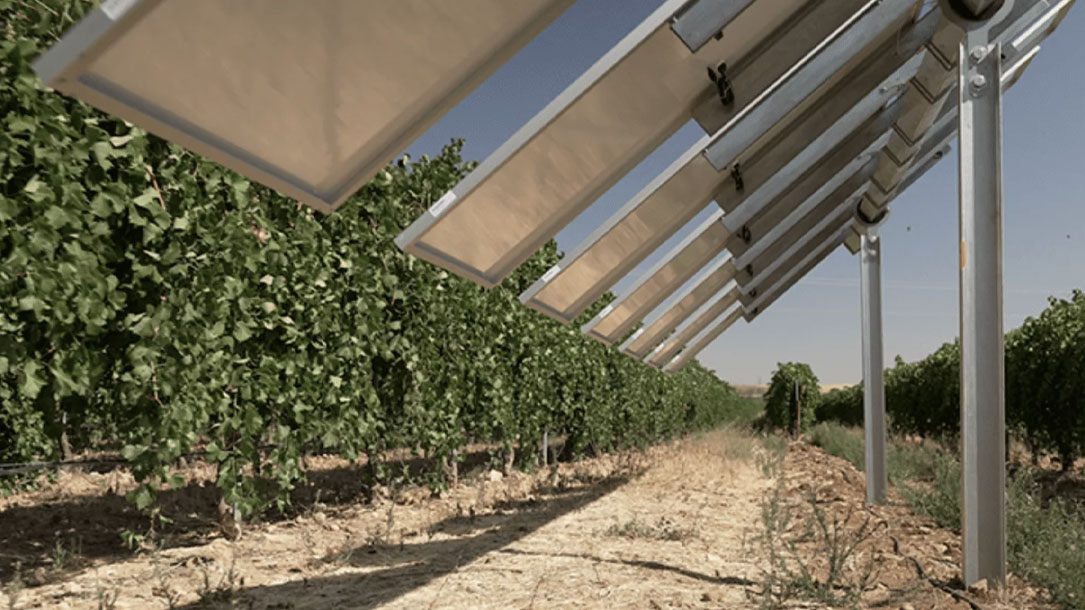
Iberdrola starts up Spain’s first smart agrovoltaic plant in Toledo
While combining solar energy and agricultural land is not new, one component that makes the Winesolar project stand out is that it will have a tracking system, with trackers from PVH, that uses artificial intelligence (AI) to determine the most efficient solar panel positioning over the vines at any time…

Spanish vineyards use solar panels to protect wine grapes
While combining solar energy and agricultural land is not new, one component that makes the Winesolar project stand out is that it will have a tracking system, with trackers from PVH, that uses artificial intelligence (AI) to determine the most efficient solar panel positioning over the vines at any time, according to Iberdrola. Techedge, an IT firm, will help the solar panel project further the wineries’ agricultural goals.
Sensors in the vineyards will record data including soil humidity, wind conditions, solar radiation, and even vine thickness to find the optimal position for the solar panels, giving the vines a fighting chance against the effects of climate change…

Western forests, snowpack, and wildfires appear trapped in a vicious climate cycle
A new study probes how extreme 2020 wildfires affected the water cycle in key mountain forests that store water in the form of late-melting snow.
The surveys, up at about 10,000 feet in the Rocky Mountains west of Fort Collins, were part of a rapid response science assessment to measure just how much the extreme 2020 wildfire season in the West disrupted the water-snow cycle in the critical late-snowmelt zone which serves as a huge natural reservoir…
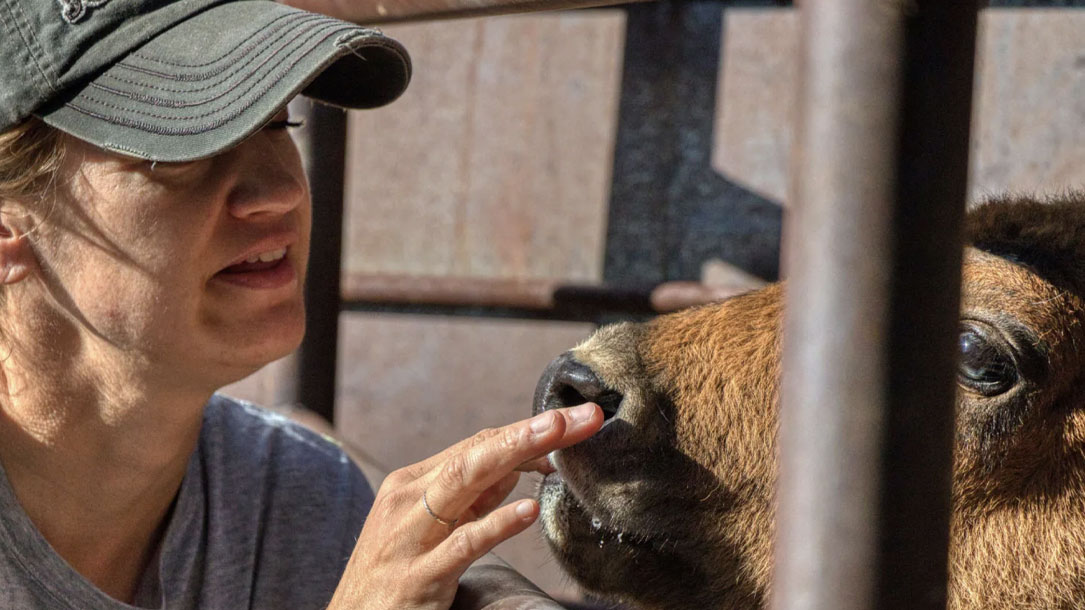
Three-quarters of Montana farmers, ranchers anxious about climate change, survey finds
Paul Lachapelle of Montana State University says the growing risks and uncertainty are taking a toll on farmers’ and ranchers’ mental health.
He and co-researchers surveyed about 120 Montana farmers and ranchers.
“Nearly three quarters noted they were experiencing moderate to high levels of anxiety when thinking about climate change and its effects on their agricultural business,” Lachapelle says.
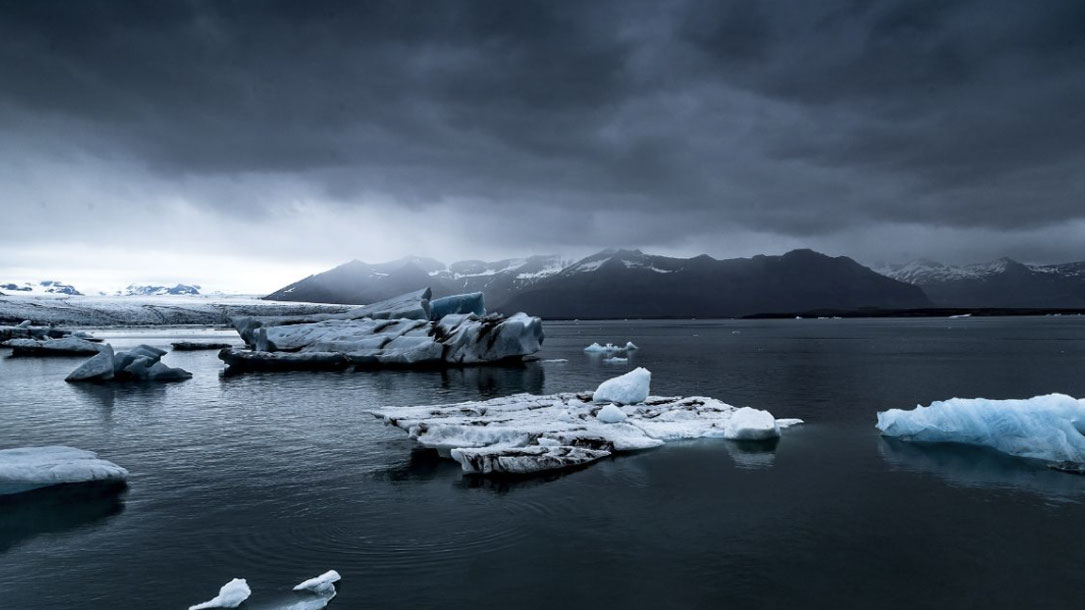
Climate change drives rapid decadal acidification in the Arctic Ocean from 1994 to 2020
The Arctic is warming at a rate faster than any comparable region on Earth, with a consequently rapid loss of sea ice there. Qi et al. found that this sea ice loss is causing more uptake of atmospheric carbon dioxide by surface water and driving rapid acidification of the western Arctic Ocean, at a rate three to four times higher than that of the other ocean basins. They attribute this finding to melt-driven addition of freshwater and the resulting changes in seawater chemistry.

Arctic Ocean acidifying up to four times as fast as other oceans, study finds
Acidification of the western Arctic Ocean is happening three to four times faster than in other ocean basins, a new study has found.
The ocean, which absorbs a third of all of the carbon dioxide in the atmosphere, has grown more acidic because of fossil fuel use. Rapid loss of sea ice in the Arctic region over the past three decades has accelerated the rate of long-term acidification, according to the study, published in Science…
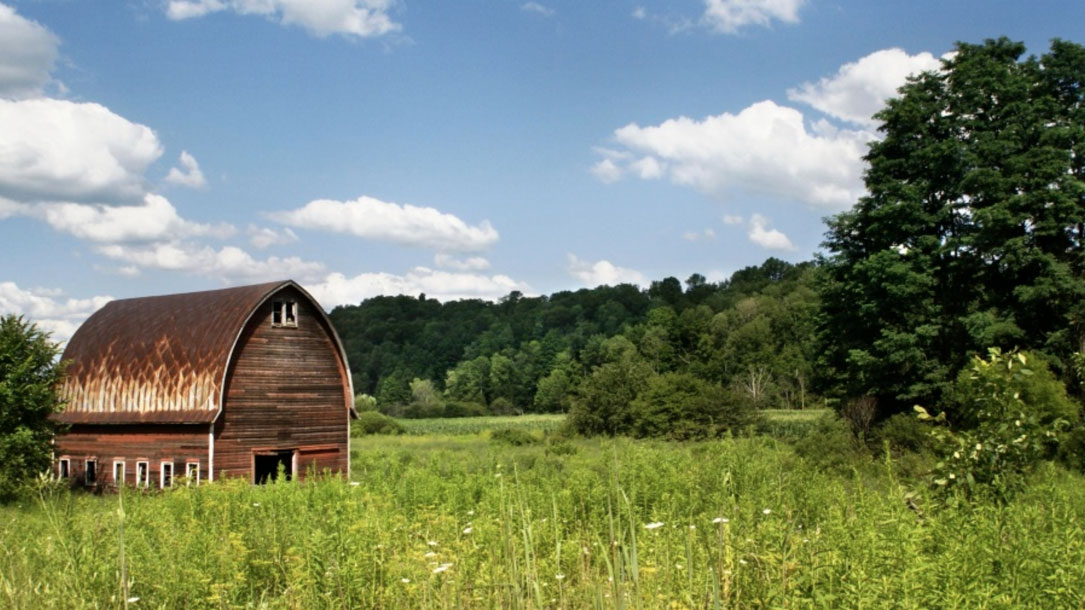
How the Inflation Reduction Act helps rural communities
The Inflation Reduction Act recognizes the critical role that America’s farmers, ranchers, and forest landowners play in addressing the climate crisis. The law will:
- Invest in helping farmers, ranchers, and forest landowners deploy climate-smart practices that will reduce greenhouse gas emissions, increase storage of carbon in soils and trees, and make their operations more productive.
- Support innovative, cost-effective ways to measure and verify climate benefits, including through USDA’s Environmental Quality Incentives Program, Conservation Stewardship Program, Agricultural Conservation Easement Program, Regional Conservation Partnership Program, and Conservation Technical Assistance.
- Help up to 280,000 farmers and ranchers apply conservation to approximately 125 million acres of land.
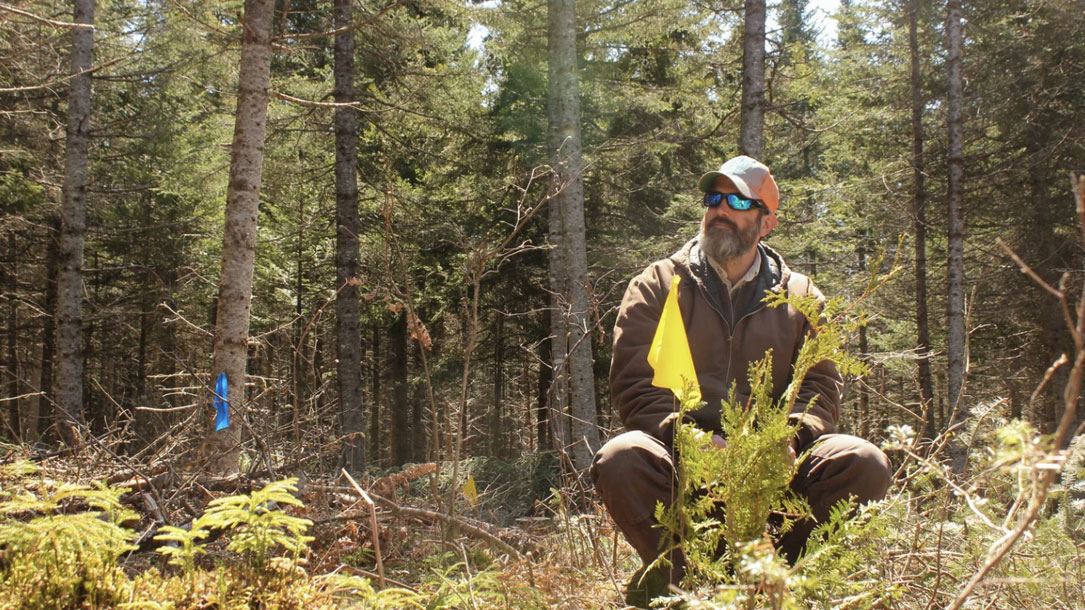
Foresters hope ‘assisted migration’ will preserve landscapes as the climate changes
“Thinking about actively moving species around is a little, well a lot uncomfortable for us,” acknowledges Abe Miller-Rushing, the science coordinator for Acadia National Park in Maine. “What might be the kind of unintended consequences? What diseases might we unintentionally move around if we move species around?”
He says, historically, the Parks Service has preferred hands-off management and modeled restorations on past conditions. In Acadia though, he noted, not intervening as warming takes place could mean the park’s iconic evergreen forests get replaced by shrubland, dominated by invasive bushes…

How is the jet stream connected to simultaneous heat waves across the globe?
“As often happens in the atmosphere, it is connected: if we see an extreme event in one place, it can be connected to extreme events in another,” said Stephen Belcher, chief scientist at the U.K. Met Office. “The Met Office forecasters are looking very, very closely at this wavenumber 5 pattern to see how long it persists,” he added…

Agrivoltaics looks at farming around/among solar panels
Double cropping solar power and organic dairy production works successfully here, but the concept – called agrivoltaics – is still very new.
Agrivoltaics is a new umbrella term defined as any farming practices on the land supporting solar power.
Around the world, innovators are looking for ways that solar panels and agriculture can benefit from the other. Flowers, pollinator plants, alfalfa, grass, vegetables and greens, and fruits and berries are some of the potential crops that people are planting in conjunction with solar panels…












